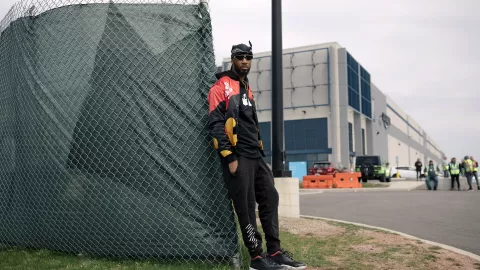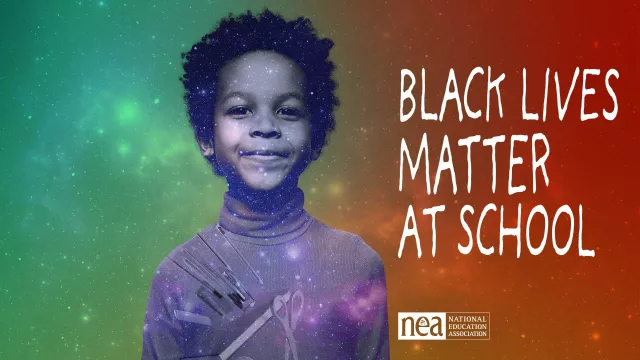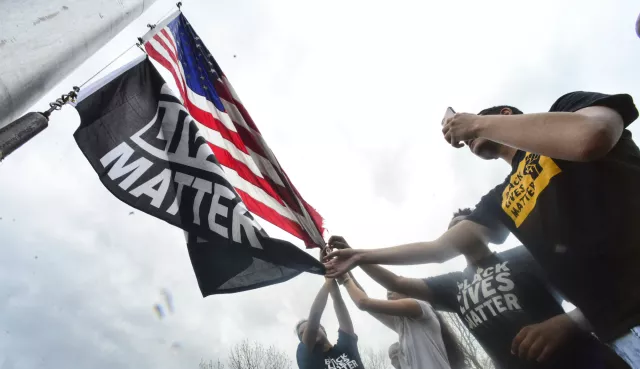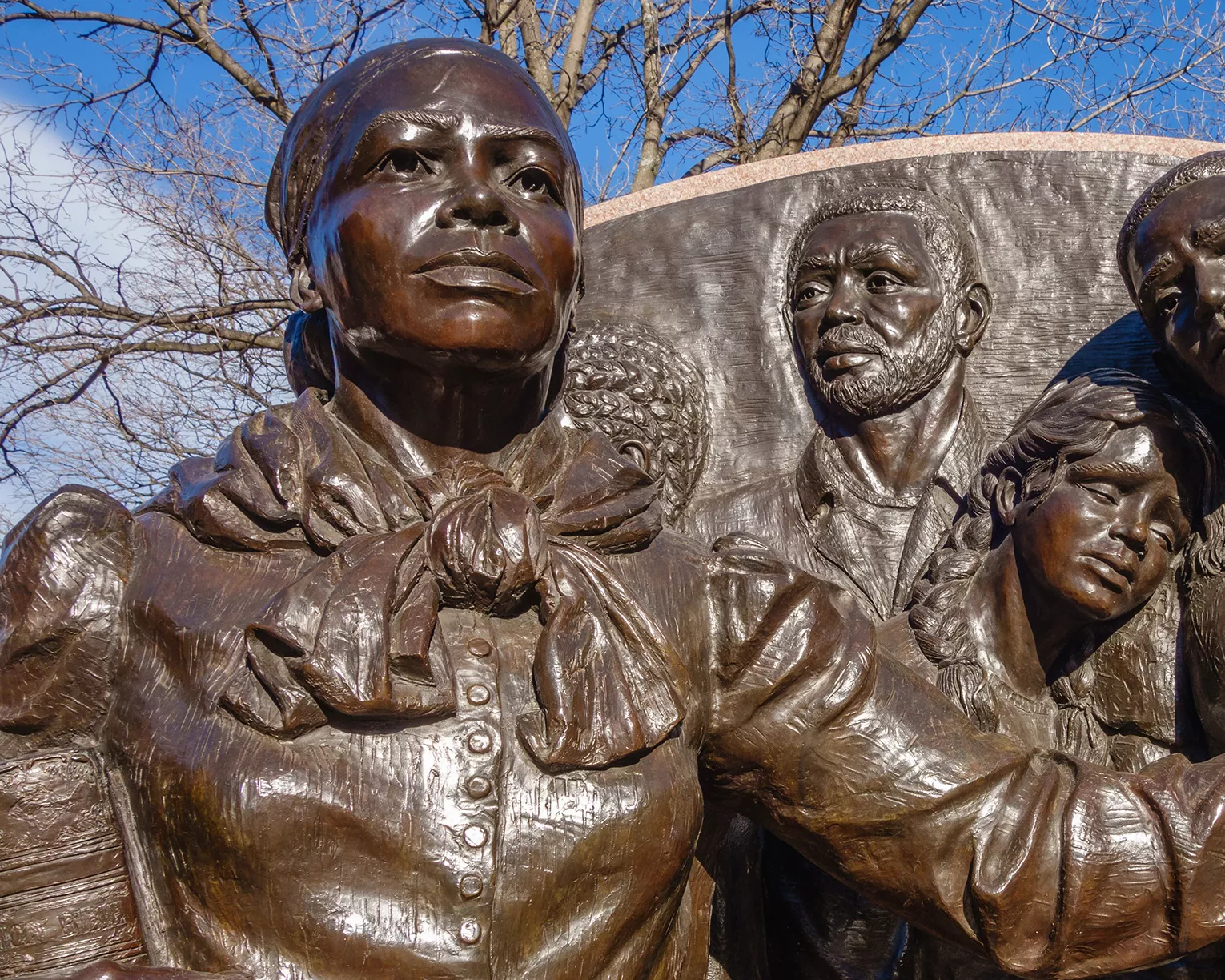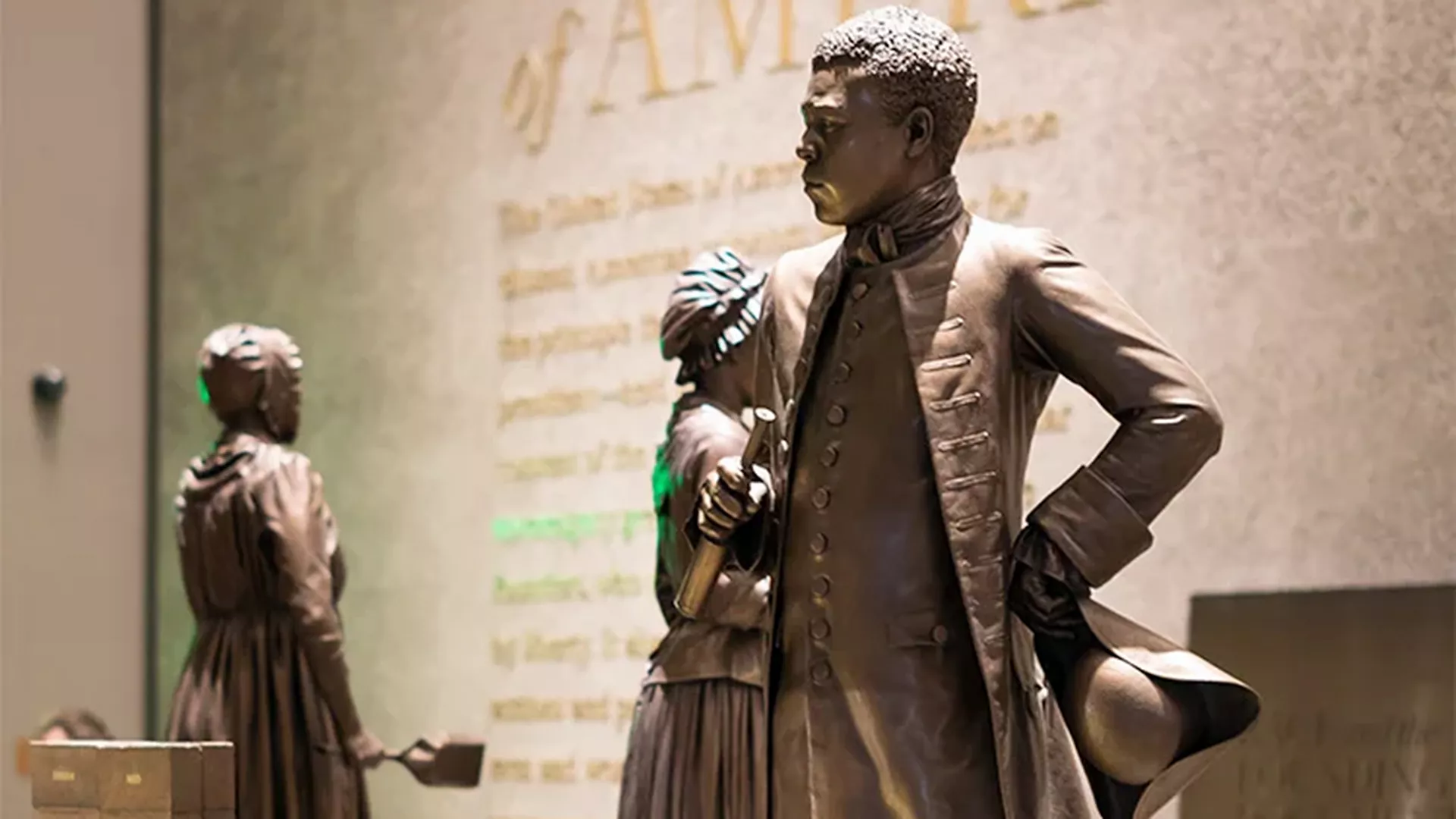Grades K-5
Lesson Plans & Activities
LESSON PLANS
Musical Harlem
In this 3-5 lesson, students will learn about the Harlem Renaissance and create original jazz artwork. They will listen to audio samples, analyze elements of jazz, research musicians, and learn how jazz became a unifier between community and culture.
Jazz Music, Dance, and Poetry
In this 3-5 lesson, students will explore jazz music and dance, then write a jazz-inspired cinquain poem. They will build their background on the history of jazz and its use of improvisation to demonstrate jazz dance movements.
Teaching Hard History
Our youngest students deserve a truthful, age-appropriate account of our past. Learning for Justice (formerly Teaching for Tolerance) provides resources for elementary educators in this first-of-its-kind framework, along with student texts, teaching tools, and professional development for anyone committed to teaching this hard history. Grades K-5.
National Museum of African American History and Culture's Learning Labs
The Smithsonian's free, interactive platform provides ways to explore well-known and lesser-known moments of history by utilizing objects, documents, imagery, and videos to enhance content knowledge, hone historical thinking skills and inspire users to see themselves as agents of change. (Free account registration required)
ACTIVITIES
Notable African Americans from the 18th-century to the present
In this Jeopardy-type quiz game students in grades 5-12 can choose from three levels of difficulty to test their knowledge of famous African Americans. Spelling counts, for example Billy Holiday rather than Billie Holiday would be marked incorrect.
Because Claudette
Nine months before Rosa Parks refused to give up her seat on a public bus, Claudette Colvin refused to move for white passengers and was forcibly removed from a Montgomery, Alabama, bus and jailed. Young students can learn more about her story with Tracey Baptiste's picture book, Because Claudette. Find questions for discussion and reflective writing, along with an author interview, on our Read Across America calendar.
Teaching Young Children About Redlining
In this 10-page article from the Zinn Education Project, an elementary school teacher introduces the history of redlining through a role play designed for 1st and 2nd graders. (note: free registration is required to access the full article)
Background Resources
SOCIAL STUDIES
African American History Month Exhibits & Collections
Resources covering art and design, baseball, civil rights, culture, folklife, military, music and performing arts, religion, slavery, and resource guides.
W. E. B. Du Bois: Online Resources
Includes digital materials related to W. E .B. Du Bois and links to external Web sites.
Separate Is Not Equal - Brown v. Board of Education
History, images, and other resources covering the historic Supreme Court ruling ending segregation and ensuring opportunity in education.
Africans in America
Images, documents, stories, biographies, and commentaries. The site provides teacher’s and youth guides. The four-part series may be in local libraries.
ARTS
Poems to Celebrate Black History Month
Poems and articles by African-Americans.
Jazz: A Film by Ken Burns
Online activities and biographies, transcripts of many interviews with musicians, K-12 lesson plans, and a music study guide for grades 5-8.
The History of Hip-Hop
A collection of interviews from National Public Radio (NPR) that chronicle the seminal people and events in the hip-hop movement.
SCIENCE
10 Black Scientists that Science Teachers Should Know About
A list from PBS Education of some of the top Black scientists, engineers, inventors, and mathematicians that includes links to media resources to help you bring their work—and stories—into your classroom.
8 Black Inventors Who Made Daily Life Easier
This blog post outlines some of the lesser-known but vital contributions of Black inventors.
SPORT
Negro Leagues Baseball Museum: Resources for Teachers
Before Jackie Robinson broke the color barrier in Major League Baseball there was Negro League Baseball. This site features history, a timeline, photos, and teacher resources.
10 African American Pioneers in Sports
Concise biographies of Black athletes who broke barriers, represented their communities, and made history with their impressive athletic skills.
Quizzes
Printables
Video & Multimedia
Free Learning Resources for Black History Month (and Beyond)
Common Sense Media compiled a list of resources — including videos, texts, lessons, podcasts, and more — about activists, art and culture, inventors, engineers, historical events, and beyond.
Faubourg Tremé: The Untold Story of Black New Orleans (68 minutes)
Considered the oldest black neighborhood in America, Faubourg Tremé is the origin of the southern civil rights movement and the birthplace of jazz.
Books
Picture the Dream: The Story of the Civil Rights Movement Through Children's Books
A teacher's resource kit from the High Museum
A Ride to Remember: A Civil Rights Story by Sharon Langley and Amy NathanYoung Sharon hears the story of how she, after a series of
protests to integrate the park, is the first African American to ride on the carousel at Gwynn Oak Amusement Park in 1963.
Carter Reads the Newspaper by Deborah Hopkinson
Meet the “father of Black History,” Dr. Carter G. Woodson, and discover the experiences that shaped his passion.
Midnight Teacher: Lilly Ann Granderson and Her Secret School by Janet Halfmann
Born into slavery, Lilly Ann secretly learned to read and write from her master’s children—and then read everything she could get her hands on. Wishing to share her knowledge with others, she secretly taught hundreds of other enslaved people despite the great risks.
Love Is Loud: How Diane Nash Led the Civil Rights Movement by Sandra Neil Wallace, illustrated by Bryan Collier
This picture book biography of Civil Rights Movement leader Diane Nash shares her experiences leading lunch counter sit-ins and peaceful marches and her decision to fight to stop segregation not with anger or violence, but with love.
Jimmy’s Rhythm & Blues
Before he became a writer, James “Jimmy” Baldwin was a young boy from Harlem, New York, who loved stories and found joy in the rhythm of music, family, and books.
Find African American booklists from Read Across America.
